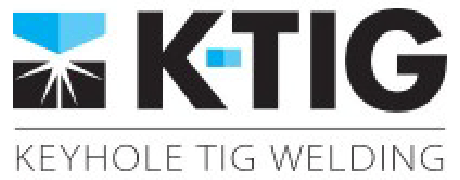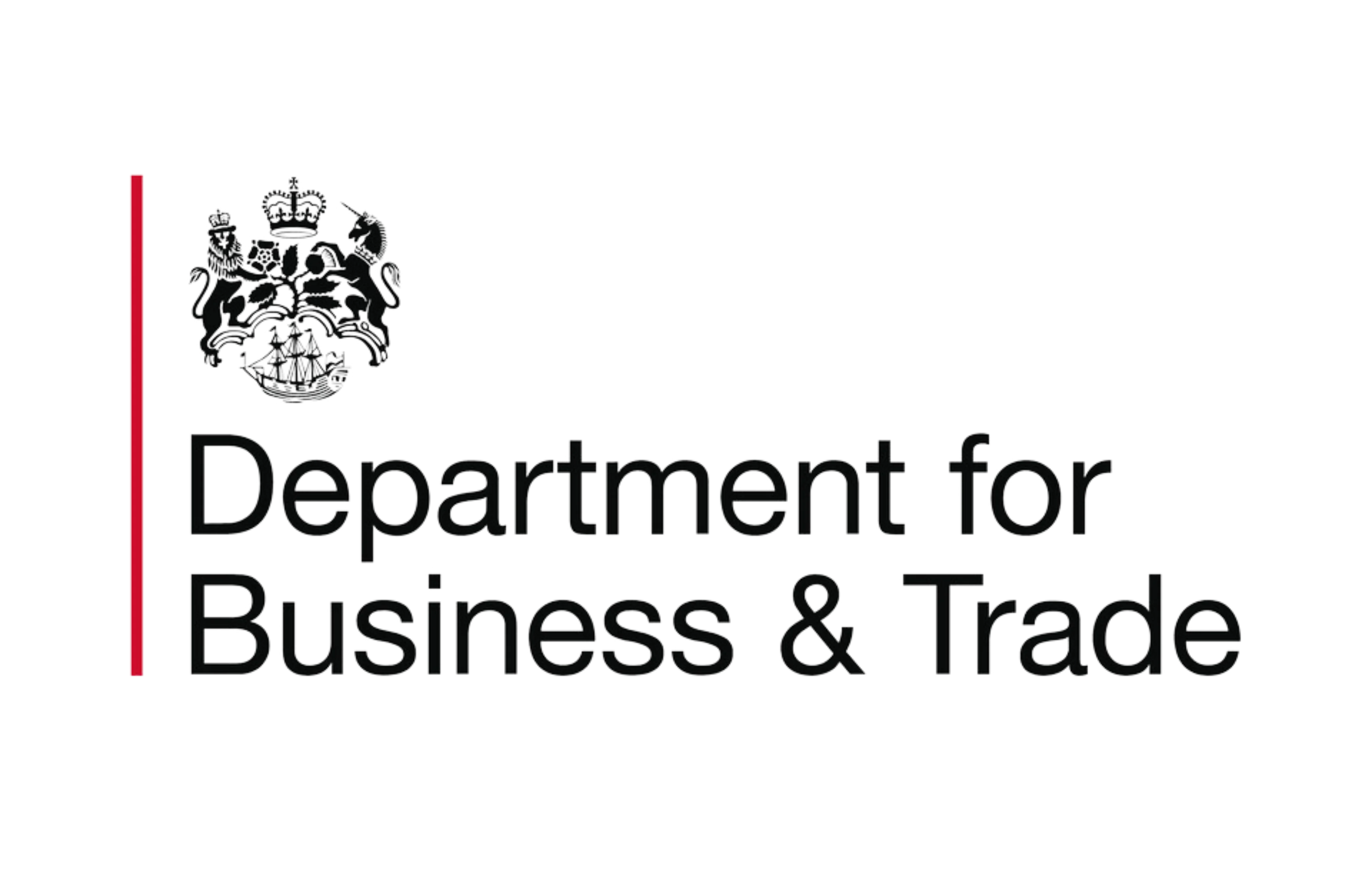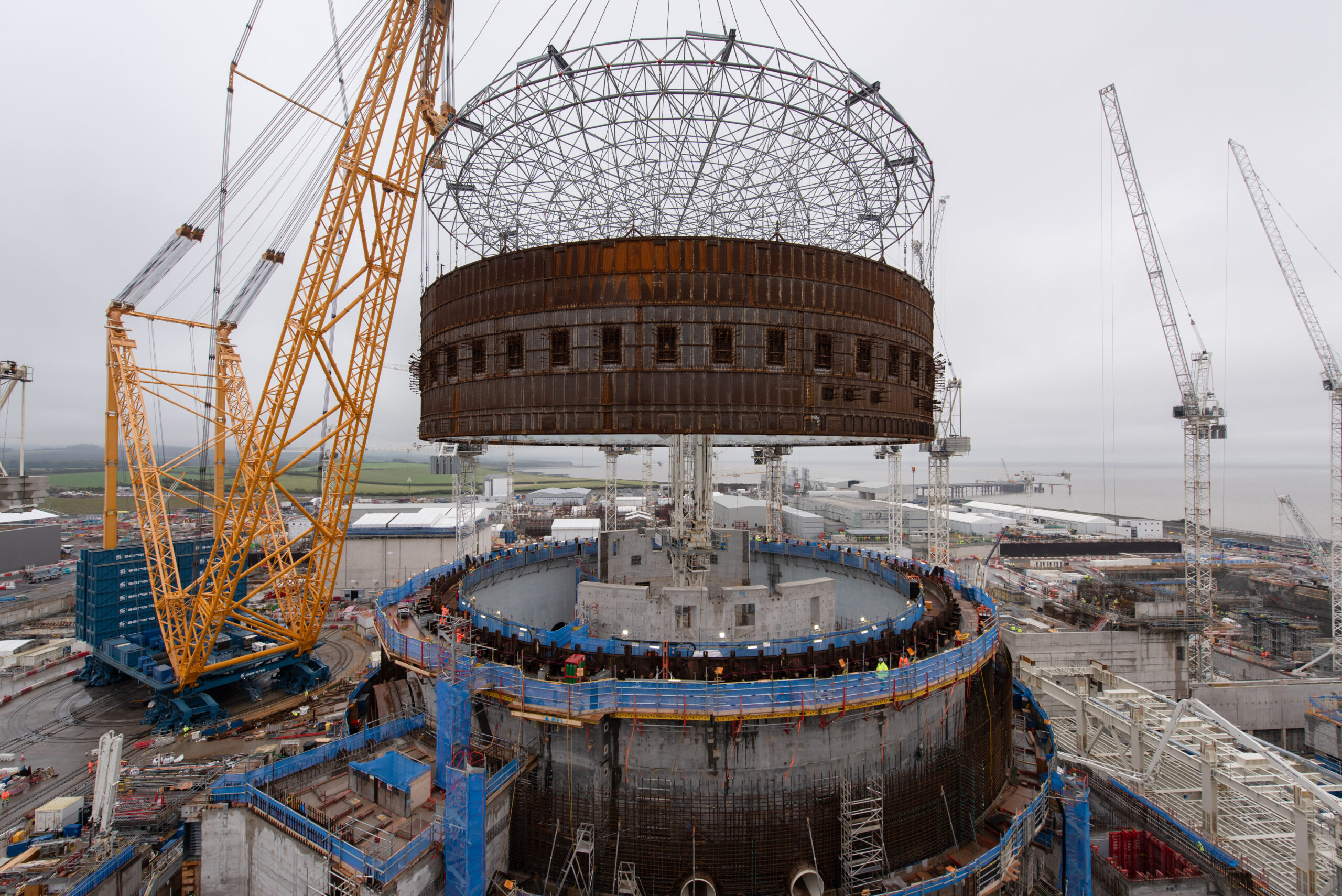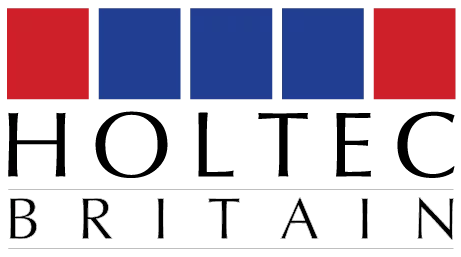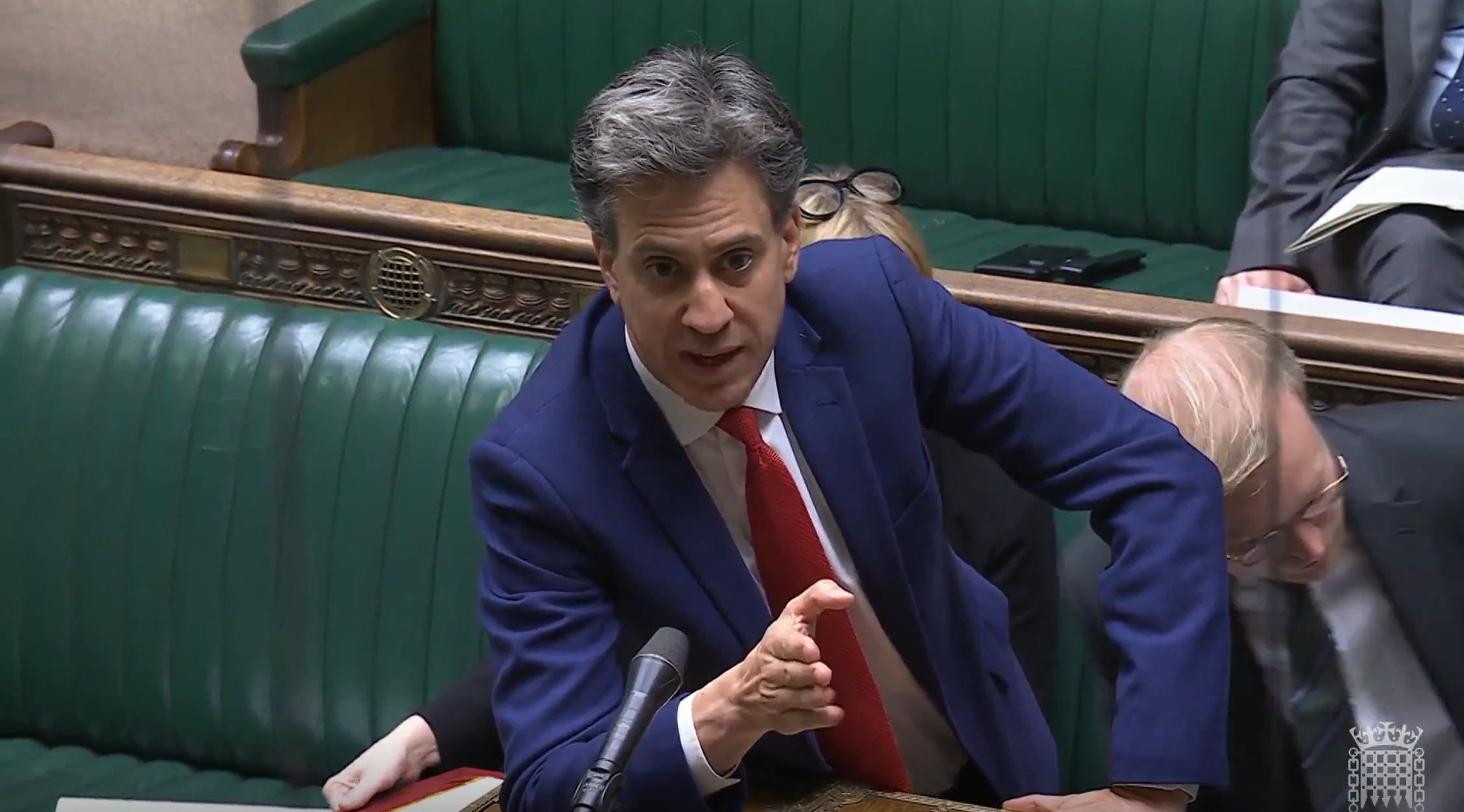K-TIG has signed a formal agreement with the Nuclear Advanced Manufacturing Research Centre (Nuclear AMRC) to develop a turnkey robotic welding cell which may be used for the production of nuclear storage containers, each holding 3m³ of intermediate level waste (ILW).
- K-TIG has signed a formal agreement with the Nuclear Advanced Manufacturing Research Centre (Nuclear AMRC) to develop a turnkey robotic welding cell which may be used for the production of nuclear storage containers, each holding 3 m³ of intermediate level waste (ILW).
- Up to 17,000 stainless-steel containers are needed for the decommissioning of the Sellafield nuclear site in the UK as part of a GBP £1.5 Billion procurement plan currently scheduled to commence in FY 2023/24.
- The robotic welding cell project will ensure the company is well placed to become a supplier of ILW containers to Sellafield.
- The formal agreement is a key milestone in K-TIG’s nuclear strategy following an MoU signed in Sept 2021.
- The project will also create further competitive advantage for the core K-TIG product through integrating advanced welding Quality Control (QC) and Quality Assurance (QA) mechanisms for the market leading K-TIG Evolve 3 controller.
- K-TIG will maintain all Intellectual Property and commercialisation rights to the robotic welding cell developed which can be adapted and rolled out across the globe.
K-TIG Limited (ASX: KTG) (“K-TIG” or the “Company”) is pleased to announce that it has signed a formal agreement with the Nuclear AMRC. The project will see K-TIG and the Nuclear AMRC collaborate to develop the robotic welding cell within a Nuclear Industry Technology Demonstration Facility. This will optimise the Sellafield Tranche 2 ILW container design and steady state manufacturing processes. K-TIG will own all Intellectual Property developed by the project meaning it can commercialise ILW welding cells and create a competitive advantage to become a supplier to Sellafield in its future procurement activities.
Scope of the project agreement
The project will harness the latest robotic automation technology, sensor integration, statistical process control, QC, QA and welding procedure automation to develop a world-leading robotic welding cell. The intention is for it to be adaptable to service the decommissioning of nuclear power sites around the world.
The project will be delivered in three phases concluding no later than December 2023. K-TIG General Manager UK and EU Ben Hall is Chair of the Steering Committee which will govern the project.
“This project is a significant milestone in K-TIG’s nuclear strategy as well as the implementation of an Industry 4.0 approach within the UK, and the global nuclear waste storage industry. We are giving those facing complex nuclear waste storage issues the ability to source the highest quality, repeatable and competitively priced storage capabilities, whilst concurrently reaping the economic benefits of regional production nodes and jobs,” said Mr Hall.
“Our collaboration with K-TIG aims to develop world-class manufacturing processes for nuclear waste storage containers, demonstrating the power of robotic automation and Industry 4.0 for tackling the manufacturing challenges facing the decommissioning sector. A successful conclusion to this project will provide UK manufacturers with a turnkey robotic welding cell solution for waste container production, enabling them to compete on the global stage,” said NAMRC’s Senior Research Fellow David Malley.
Delivering significant benefits to K-TIG and the wider nuclear industry
While the primary focus of the K-TIG Nuclear AMRC collaboration is to develop a turnkey robotic welding cell suitable for Sellafield Tranche 2 ILW containers, the project paves the way for an adaptable solution to what is a global issue.
According to the International Energy Agency around 200 commercial reactors are to be shut down between 2020 and 2040. Across the globe nuclear facilities are ageing with two-thirds of reactors 30 years or older.
Up to 17,000 3 m³ stainless steel boxes are expected to be needed by Sellafield as part of its GBP £1.5 billion procurement plan currently scheduled to commence in FY 2023/24. There is also the potential for a further 50,000 containers.
Storing nuclear waste requires containers which must maintain integrity for a minimum of 150 years. K-TIG technology will provide that through consistently repeatable high-quality welds and integration of cutting-edge real time quality inspection capability, such as ultrasonic and acoustic sensors.
“This agreement takes our nuclear strategy from planning to execution. It will provide us with the foundation to enter into a fabrication joint venture or acquire an appropriate business. We are now moving towards realising long term revenue from the nuclear sector by offering a world-leading nuclear storage solution and creating value for our shareholders,” said K-TIG Managing Director Adrian Smith.
“Our collaboration with the Nuclear AMRC is a generational leap in technology for the fabrication industry. The project aims to show the nuclear industry and the wider fabrication sector the benefits of an Industry 4.0 approach. It will showcase how K-TIG’s technology combats the challenges of labour market shortages and volatile metal market prices.”
“We are pleased to be announcing this agreement. It represents the progression of our strategy to secure revenue beyond our core products by moving into niche fabrication operations which benefit from the capability of K-TIG technology. We are demonstrating our ability to move strategic plans into near term execution and create real shareholder value,” said K-TIG Chairman Stuart Carmichael.
The company notes that no revenue is directly expected from this agreement and that the costs associated with developing the robotic welding cell are an investment by the company. The significance of this announcement is the intent to demonstrate and further evolve the company’s application of its robotic welding capabilities in the nuclear waste container industry. This will ensure that its technology is the industry standard for future container fabrication providing future revenue opportunities and to position the company for future participation as a ILW container fabricator.
